Resources for Journalists

Global Center for Journalism & Trauma
Impact of Media Coverage on the Public

Global Center for Journalism & Trauma
Impact of Media Coverage on Children
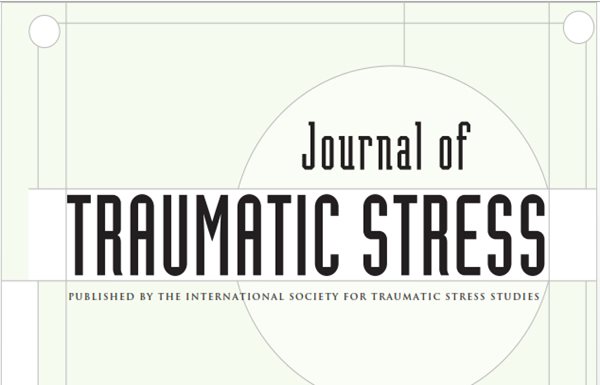
JOURNAL OF TRAUMATIC STRESS
Impact of Media Exposure on Adolescents
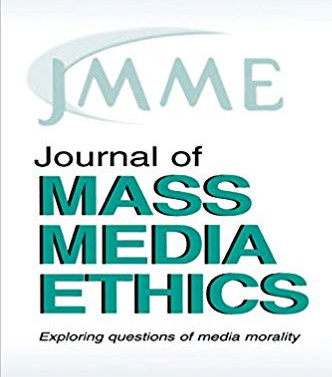
JOURNAL OF MASS MEDIA ETHICS
What Survivors Needed from Journalists

JOURNALISM PRACTICE
Journalists Perceptions of Coverage

MASS COMMUNICATION AND SOCIETY
Examining Content on Twitter

AMERICAN BEHAVIORAL SCIENTIST
Impact of Newspaper Photos

Global Center for Journalism & Trauma
Self-Care Amid Disaster
Advice from an editor who’s been there.

Global Center for Journalism & Trauma
Self Care Tips for News Media
Quick tips from Dart Centre Asia Pacific.

MEDIA, WAR & CONFLICT
Journalists Emotional Reactions after School Shootings

Global Center for Journalism & Trauma
Hometown Catastrophe
Dart Center Executive Director Bruce Shapiro passes on lessons for newsrooms learned from the Virginia Tech shooting.

Global Center for Journalism & Trauma
Tips for Managers and Editors
How managers and editors can prepare and support reporters in the field.

HOMICIDE STUDIES
Changes in Covering School Shootings Over Time

Global Center for Journalism & Trauma
Reporting Resources for Covering Guns
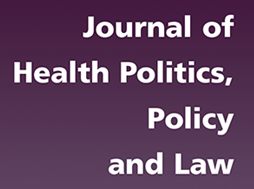
JOURNAL OF HEALTH POLITICS, POLICY AND LAW
Gun Control and Media Framing

Global Center for Journalism & Trauma
Reporting Resources: Gun Violence

AMERICAN PSYCHOLOGICAL ASSOCIATION
Print Media Coverage
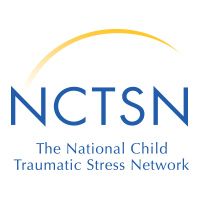
THE NATIONAL CHILD TRAUMATIC STRESS NETWORK
Tips for Covering Traumatic Events

Global Center for Journalism & Trauma
Best Practices in Trauma Reporting
A systematic analysis of what works in trauma reporting, drawn from a decade of Dart Award-winning stories.

Global Center for Journalism & Trauma
Covering Trauma: Impact on the Public
Current research on how news coverage affects the public and the risk factors that exacerbate reactions of distress.

Global Center for Journalism & Trauma
The Virginia Tech Shootings
Journalist-to-journalist advice, from those who have covered large-scale shootings.

Global Center for Journalism & Trauma
Tragedies and Journalists
A 40 page comprehensive guide for reporters, editors, photographers and managers on every aspect of covering tragedy while protecting both victims and themselves.

Global Center for Journalism & Trauma
Self-study unit: Covering Terrorism
This 7 part unit outlines the challenges confronting reporters and editors who find themselves in the position of covering terrorism and suggests ways to cover those affected by terrorism with accuracy, sensitivity and clarity. It discusses ways that terrorists have sought to use the media, and how journalistic skepticism can prevent manipulation. Based on the latest clinical research about emotional responses to trauma, it also outlines self-care measures journalists are taking to reduce work-related distress and possibly prevent their own Post-Traumatic Stress Disorder (PTSD).

THE COMMUNICATION REVIEW
Interpretation of Television Journalism
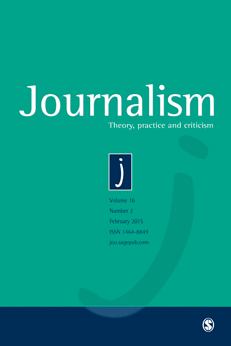
JOURNALISM
Narrative and Collective Memory

DART CENTER
A Reporter's Lessons from Past Shootings
Dave Cullen's lessons from a decade of reporting on the Columbine attacks.

Global Center for Journalism & Trauma
Covering Mass Killings
Psychiatrist Frank Ochberg, M.D. and Bruce Shapiro share insights from the aftermath of the 2011 Arizona shooting that left six dead and a U.S. Congresswoman grievously injured.

Global Center for Journalism & Trauma
Working with Victims and Survivors
Journalists, researchers and mental health professionals offer advice on how to deal with people caught up in tragic events.

Global Center for Journalism & Trauma
Working with Traumatic Imagery
Traumatic imagery can place the wellbeing of those who work with it at risk. Here is a tip sheet of practical things media workers and editors can do to reduce the trauma load.

JOURNALISM PRACTICE
Crisis Management for Journalists

Global Center for Journalism & Trauma
Covering Trauma: Impact on Journalists
Scientific consensus, made readable, on the effects of traumatic coverage on journalists.

JOURNAL OF THE AMERICAN ACADEMY OF CHILD & ADOLESCENT PSYCHIATRY
The Role of the Media in Reporting Mass Shootings
Scientific consensus, made readable, on the effects of traumatic coverage on journalists.

Global Center for Journalism & Trauma
Handling Traumatic Imagery: Developing a Standard Operating Procedure
A guide to help media workers prepare and handle graphic or highly emotional content in the newsroom.


